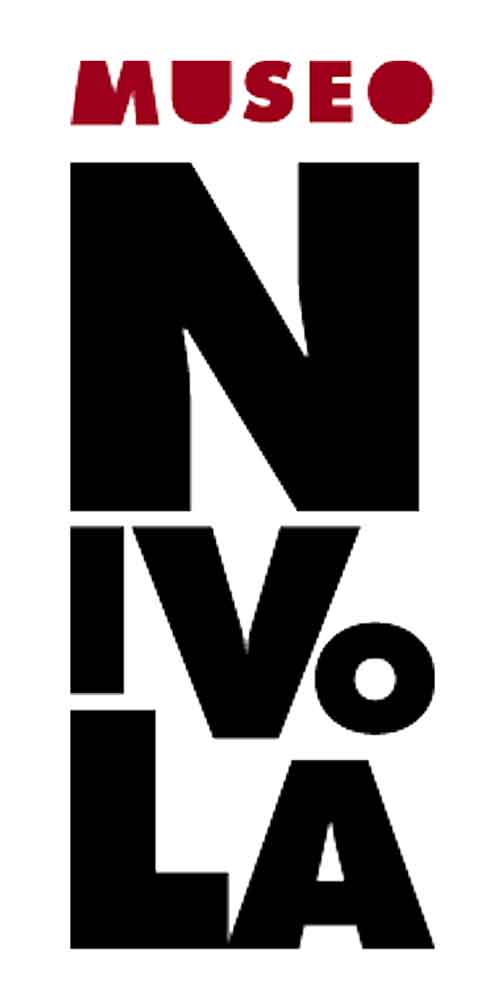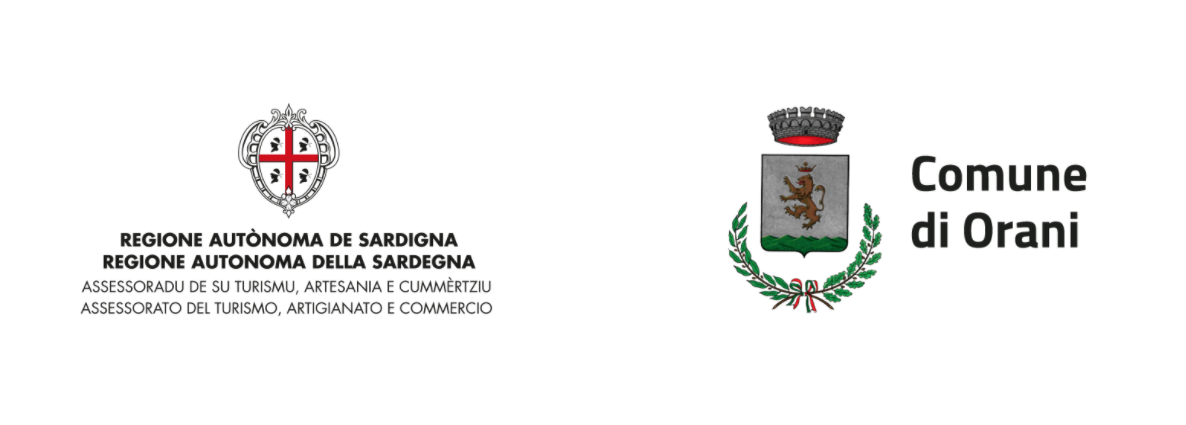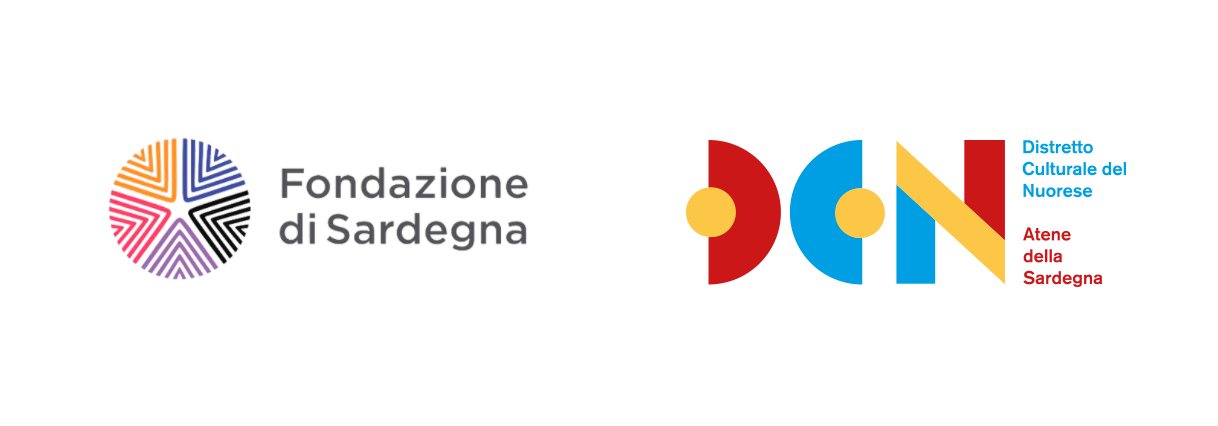From 2 March to 30 September 2024, the exhibition The Nuragic Wave. Art, Design and Crafts through the Test of Prehistory opens at the Padiglione Tavolara in Sassari. Curated by Giuliana Altea, Antonella Camarda and Luca Cheri, the exhibition is organised by the Nivola Foundation and promoted by the Municipality of Sassari in collaboration with the National Archaeological Museum “Giovanni Antonio Sanna” – Direzionale Regionale Musei della Sardegna and the University of Sassari, and supported by Fondazione di Sardegna, Bibanca and ARS / Arte Condivisa in Sardegna.
The Nuragic Wave explores the influence of the Nuragic and pre-Nuragic civilisations on twentieth-century and contemporary art and culture in Sardinia, examining the reflections of the “Nuragic discourse” in various areas of visual production: from painting and sculpture to architecture, to design and craftsmanship, from audiovisual to social media and mass culture.
In 1949 and 1950, two exhibitions of Nuragic bronzes, held at the Opera Bevilacqua La Masa in Venice and the Galleria Nazionale di Arte Moderna in Rome, brought Sardinian prehistory to the attention of international culture, marking the culmination of a rediscovery initiated in the nineteenth century by scholars and travellers, and then stimulated by the excavation campaigns conducted in the first half of the new century. The 1949-50 exhibitions, curated by Giovanni Lilliu and Gennaro Pesce, brought about a turning point in archaeological discoveries and their use for an ideological function. The Nuragic bronzes attracted the public’s and the press’s attention for their historical importance and aesthetic excellence. Furthermore, the discovery in 1951 of the imposing Nuragic palace of Barumini, in the south of the island, further contributed to electing the ancient inhabitants of Sardinia as a model for the present generations.
Sardinian artists and intellectuals of the 1950s found in the Nuragic civilisation a strong ideological reference, functional to the construction of a new regional identity.
A specific iconographic trend arose from this, lasting until the 1960s and reinventing itself in the postmodern and contemporary era. The evolution of the theme was influenced by the impact of tourism, the spread of new age cultures, the no-global and neo-global movements, the emergence, nationally and internationally, of renewed scholarly attention and the rise of the phenomenon of pseudoarchaeology.
A Civilisation Rediscovered
The exhibition opens with the first phase of the modern rediscovery of the pre-Nuragic and Nuragic culture, from the late nineteenth-century and early twentieth-century excavations of the archaeologist Antonio Taramelli to those of Giovanni Lilliu, one of the most influential scholars of ancient Sardinia. The story unfolds through documents, photos and manuscripts, from the Ethnographic Exhibition in Rome in 1911 for the fiftieth anniversary of the Unification of Italy to the two exhibitions in Venice and Rome in 1949-50, to the post-war unearthing of the Barumini Nuragic site.
Nuragic Modernity
In the wake of Lilliu’s theories, who affirmed the existence of an artistic continuity between the Nuragic past and the contemporary age, many artists of the fifties and sixties drew on forms, themes and iconographies of Sardinian prehistory: Mauro Manca, Ausonio Tanda, Giovanni Nonnis, Franco d’Aspro, Maria Lai.
From his transatlantic position, a trailblazer is Costantino Nivola, through whom the Nuragic suggestion also touches protagonists of twentieth-century architecture, such as Le Corbusier and Franco Albini.
Ceramics is a privileged field for the application of Nuragic themes by artists and artisans such as Federico Melis, Melkiorre Melis, Giuseppe Silecchia, Gavino Tilocca, Aldo Contini.
The Nuragic suggestion also touches the jewellery field, represented in the exhibition by focusing on the goldsmith Salvatore Puggioni.
With the rising fortunes of the Costa Smeralda and the transformation of Sardinia into a privileged holiday destination, starting from the mid-1960s, the Nuragic and pre-Nuragic repertoire became a reference for a vast production of tourist objects, which tirelessly revisits typical forms and motifs such as the Mediterranean Mother, the Warrior, the Archer, etc., ranging from more or less faithful reproduction to free reinterpretation, sometimes touching the notes of the humorous and the grotesque.
From the Fantastic Nuragic to the Nuragic Fantasy
The 1980s saw a rekindling of interest in the Nuragic world, freed from any philological pretence and in line with the maximalist aesthetics of the decade. Aldo Rossi’s extraordinary series of Nuragic carpets, from the Bibanca Collection, made in collaboration with ARP studio by Mariangela Cubadda and Le Tessitrici di Zeddiani, is a spectacular example, with its aggressively distorted and deformed warrior figures and expressionist deconstruction of architecture. In ceramics, the fantastic impulse generates colourful primordial monsters in the work of masters such as Pulli, Sciannella, Scassellati, De Gonare, and Demurtas.
The new century sees, on the one hand, a tendency towards formal simplification and a return to the historical sources of the Nuragic and pre-Nuragic, both in the creation of faithful reproductions (Carmine Piras, Cooperativa Villa Abbas) and in the invention of contemporary designs inspired by to the remote past of the island (Francesca Addari, Monica Casu, Domenico Cubeddu, Giampaolo Mameli, Fernando Mussone, Maria Paola Piras, Pretziada, Monica Scassellati).
The journey ends with the evocation of an archaic and seductive Sardinia in the video De Innui Ses, shot in Barumini for fashion designer Antonio Marras’ Autumn-Winter 2021 fashion show.
The exhibition will be complemented by a rich program of public events and workshops, organised in collaboration with the University of Sassari, as part of the “Tourism and Cultural Heritage” Spoke funded by the National Recovery and Resilience Plan (PNNR).
The Nuragic and pre-Nuragic civilisations are today at the centre of cultural debate in Sardinia, in scientific and artistic research and mass culture fueled by social media. More or less imaginative reconstructions of the island’s prehistory, omnipresent in different cultural productions, from novels to videogames, advertising to street art, demonstrate that the Nuragic people are still among us.
The Nuragic Wave
Art, Design and Crafts through the Test of Prehistory
curated by Giuliana Altea, Antonella Camarda, Luca Cheri
Assistant curators: Antonio Ottavio Cattari, Luca Poddighe
Venue
Padiglione Tavolara
Via Eugenio Tavolara, 07100 Sassari
Dates
2 March- 8 July 2024
On show:
Francesca Addari, ARP Studio, Monica Casu, Ceramiche Villa Abbas, Aldo Contini, CP Basalti, Mariangela Cubadda – Tessitrici di Zeddiani, Domenico Cubeddu, Franco D’Aspro, De Gonare (Salvatore Sechi), Dolores Demurtas,La Fucina, Maria Lai, Paolo Loddo, Giampaolo Mameli, Mauro Manca, Caterina Mele, Federico Melis, Melkiorre Melis, Fernando Mussone, Costantino Nivola, Giovanni Nonnis, P.A.M. (Perks and Mini), Giuseppe Pipia, Carmine Piras, Maria Paola Piras, Pretziada (Kyre Chenven e Ivano Atzori), Salvatore Puggioni, Claudio Pulli, Aldo Rossi, Franco Scassellati, Monica Scassellati, Angelo Sciannella, Scuola del Corallo, Giuseppe Silecchia, Roberto Sironi, Antonia Spanu Mwina, Studiopepe, Ausonio Tanda, Gavino Tilocca, Mariantonia Urru.
Exhibition promoted by Comune di Sassari and organised by Fondazione Nivola
Main sponsor: Fondazione di Sardegna
Sponsors: Bibanca, ARS / Arte condivisa in Sardegna
Partners: Museo Archeologico Nazionale “Giovanni Antonio Sanna”, Direzionale Regionale Musei della Sardegna, Università degli Studi di Sassari
Installation design: Alessandro Floris
Realizzazione allestimento: Artigianato e Design di Pietro Fois
Graphic design: Heart Studio
Print: Character
Transports: Arteria, Tiemme
Insurance: Reale Mutua
Catalog: Allemandi
Thanks to
Archivio Storico Istituto Luce, Assessorato agli Enti Locali della Regione Sardegna, Banca Intesa, Banco di Sardegna, Biblioteca Comunale di Sassari, Camera di Commercio, Industria, Artigianato e Agricoltura di Sassari, Civico Museo Archeologico “Villa Abbas”, Comune di Sassari, Consiglio Regionale della Sardegna, Dinamo Sassari, Fondazione Franco Albini, Fondazione Alghero, Fondazione Aldo Rossi, Fondazione Mont’e Prama, Ilisso, Liceo Artistico “Filippo Figàri”, Liceo Artistico “F. Costantino”, Museo Casa Deriu, Museo Civico di Urbania, Provincia di Sassari.
And
Bagella Abbigliamento Sardo, Carlo Delfino, Candida Lendini, Giuseppe Manca, Luigi Manca, Marie Manca, Nanni Manca, Alberto Moravetti, Giacomo Paglietti, Nannina Pellegrini, Orietta Puggioni, Giovanni Pulli, Caterina e Sandro Ruju.
Info
Padiglione Tavolara
Via Eugenio Tavolara 07100 Sassari
+39 329 194 2242 / padiglionetavolara@gmail.com
ig: @padiglionetavolara
fb: @padiglionetavolara
Tuesday-Sunday 10 – 20
Closed on Monday
Accessibility
Access to the exhibition is via the ramp to the left. The ramp has a slope of approximately 14%. Easier access to the exhibition is via the lift at the end of the Salone delle Botteghe on the right. The exhibition floor is barrier-free.
Ufficio Stampa mostra
Sara Zolla
+39 346 8457982 | press@sarazolla.com




